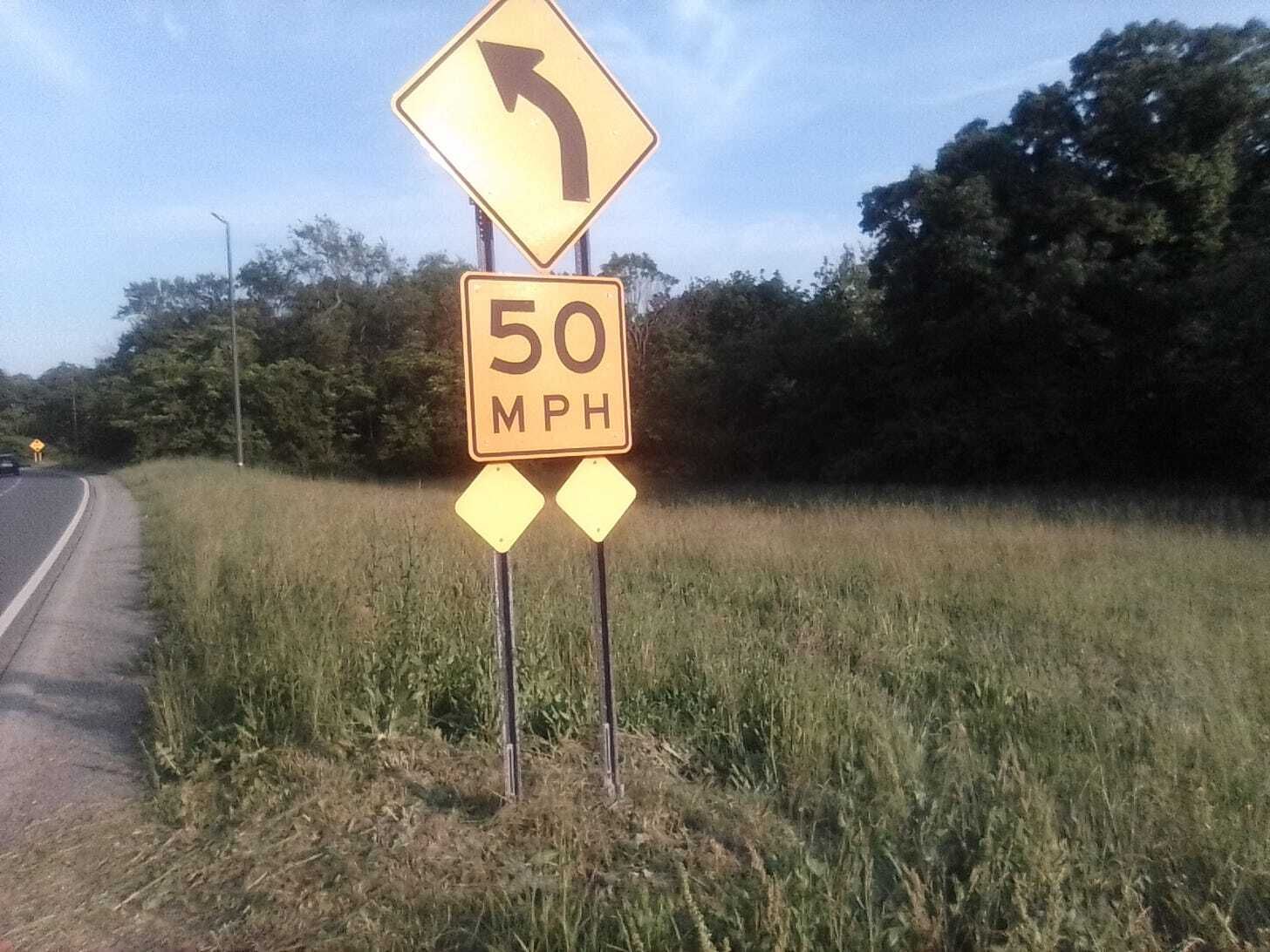If you're a music lover, you've likely tapped your foot to the infectious grooves of both reggae and rock steady. While they share a sonic heritage and often get lumped together, these two Jamaican genres possess distinct qualities that set them apart. Understanding these differences allows for a deeper appreciation of their individual contributions to the global music landscape.

So, what exactly separates reggae from rock steady? The key lies in the tempo, the feel, and the historical context.
Rock steady: A Moment in Time (1966-1968)
Imagine a hot Jamaican summer in the mid-1960s. The ska scene, with its hyperactive energy and upbeat tempos, was starting to lose steam. Musicians, feeling the heat both literally and figuratively, began to slow things down. This intentional deceleration gave birth to rock steady.
Tempo: Rock steady is noticeably slower than ska, typically ranging from 90 to 110 beats per minute. This slower pace allowed for a more relaxed and soulful feel.
Bass Line: The bass takes center stage in rock steady. Think of it as the anchor, providing a solid rhythmic foundation. The bass lines are often melodic and complex, driving the song forward.
Instrumentation: The classic rock steady band usually features guitar, bass, drums, horns (especially trumpets and trombones), and vocals. The horns often play call-and-response patterns with the vocals, adding a touch of sophistication.
Vocals: Harmonious vocal arrangements are a hallmark of rock steady. Groups like The Heptones and The Gaylads were masters of blending voices to create lush and captivating melodies.
Feel: Rock steady is generally considered more romantic and introspective than ska. The lyrical themes often revolve around love, relationships, and social commentary delivered with a touch of melancholy.
Reggae: The Revolution Begins (Late 1960s Onward)
Emerging from the rock steady scene, reggae built upon its predecessor while forging its own unique identity. The tempo slowed down even further, and a new emphasis was placed on social awareness and Rastafarianism.
Tempo: Reggae typically clocks in at around 70 to 90 beats per minute, even slower than rock steady. This deliberate pacing allows for a more hypnotic and meditative experience.
Bass Line: While the bass was prominent in rock steady, in reggae it becomes absolutely fundamental. The "one drop" rhythm, where the emphasis is on the second and fourth beats of the bar, is a defining characteristic.
Instrumentation: Similar to rock steady, reggae bands feature guitar, bass, drums, horns, and vocals. However, the guitar often plays a "skank" rhythm, chopping on the offbeat, adding to the syncopated feel.
Vocals: Reggae vocals often feature a distinctive, chanting style. Lyrics are frequently used as a platform for social and political commentary, as well as expressions of faith.
Feel: Reggae is often associated with themes of resistance, social justice, and spirituality. The music is powerful and emotive, capable of conveying a wide range of emotions, from joy and celebration to sorrow and protest.
Key Differences Summarized:
FeatureRocksteadyReggaeTempo90-110 BPM 70-90 BPM Bass Melodic, prominent Fundamental, "one drop" rhythm Lyrical Themes Love, relationships, social commentary Social justice, Rastafarianism, spirituality Feel Romantic, soulful, introspective Powerful, emotive, socially conscious
While both rock steady and reggae are undeniably Jamaican, understanding their nuances allows for a richer appreciation of their individual legacies. Rock steady represents a brief but beautiful period in Jamaican musical history, a moment of soulful reflection before the revolutionary sounds of reggae took the world by storm. By recognizing the differences in tempo, rhythm, and lyrical content, we can truly appreciate the unique contributions of both genres to the global musical tapestry. So next time you hear a Jamaican groove, take a moment to listen closely – is it the smooth, seductive sounds of rock steady, or the powerful, conscious rhythms of reggae? The answer is in the beat.
